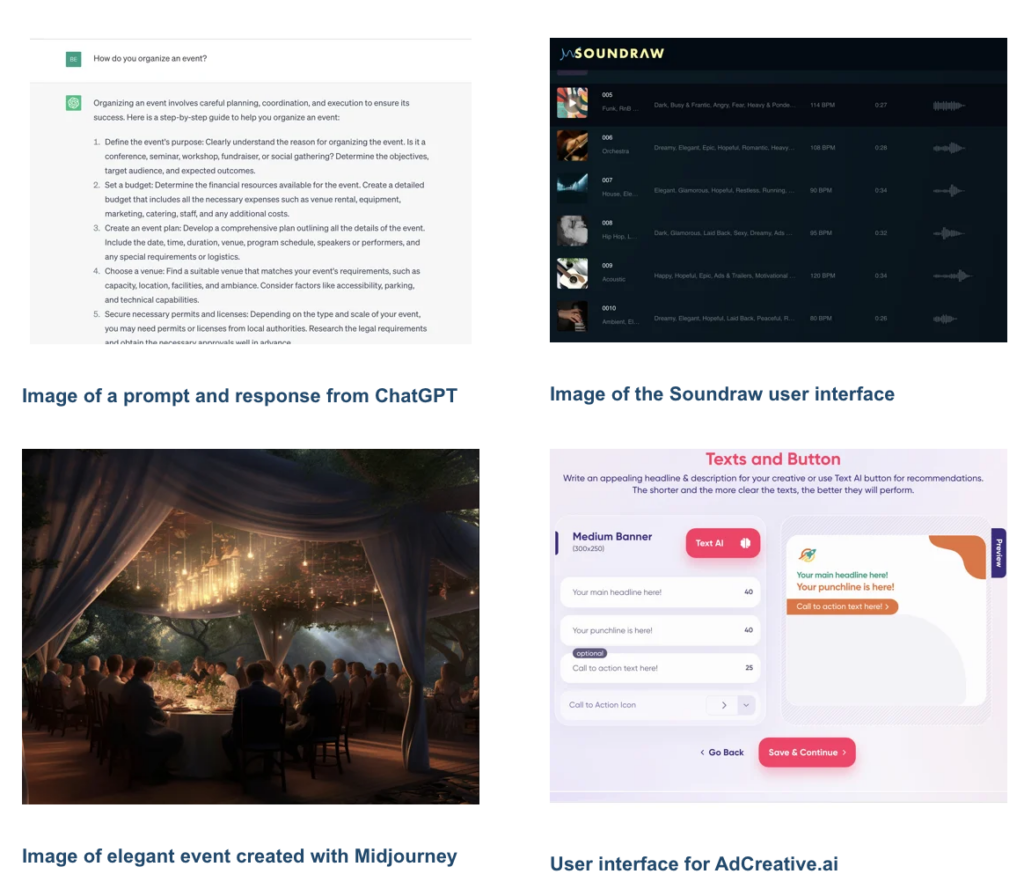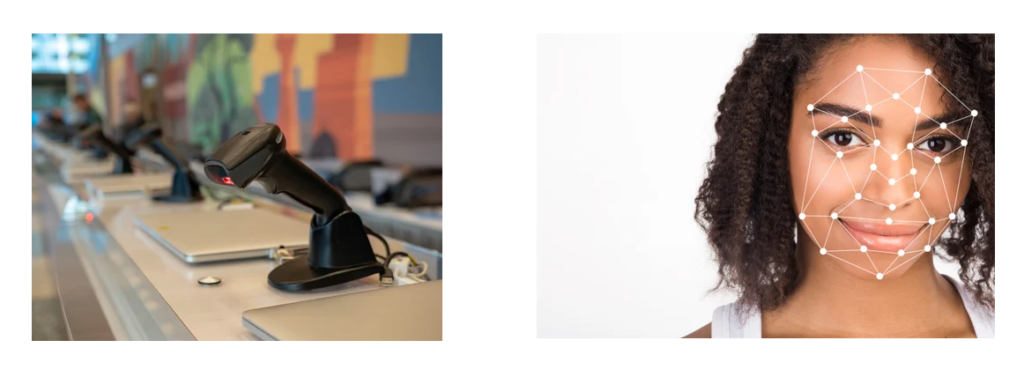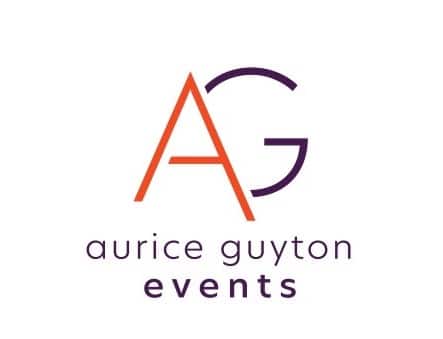Artificial Intelligence and the Events Industry
AI is here in the events industry. We may not see apron-wearing robots serving meals table side in the near future, but there are old and new technologies basking in a brighter spotlight thanks to the introduction of OpenAI’s ChatGPT.
Products powered by AI have been around for a while. Some are easily used by those who don’t consider themselves very technical and some products require specialized training – making the less accessible and more expensive to implement.
Let’s take a look at a handful of products you might find useful as you plan your next event.
AI Products Used in Writing, Graphic Design, and Marketing Are Often the Easiest to Use

There are hundreds – if not thousands – of products powered by ChatGPT that can help you with research and providing copy for your event.
Let’s take a look at some areas where you can implement easy-to-use AI products and services.
Copywriting
Services like ChatGPT or those built using ChatGPT can be used to help write copy for:
- Event brochures
- Sales pages
- Web copy
- Emails
- Social media posts
Skills required:
Prompt writing – You, or the person using the service, will need to be able to request the right information from the program using prompts written in plain language rather than code.
Fact checking – The copy written by generative AI can be wildly inaccurate. Any “facts” included should be checked for accuracy and sources found for citation.
Editing – The copy can be awkwardly worded at times and might not be written in the correct tone or voice.
Benefits:
Using AI-generated copy can save a great deal of time, especially when you don’t have dedicated copywriters on staff.
Drawbacks:
AI-produced copy can be wildly inaccurate even with well-written prompts. Care will need to be taken to double check all facts and to edit poorly written copy. Creating license-free imagery and graphics Services like DALL-E2 and Midjourney generate beautiful and realistic images and graphics based on text prompts.
Benefits:
You can save the cost of a professional artist or graphic designer by using AI generated art. You can also get results more quickly
Drawbacks:
Without professional intervention, you have far less control over the results, so to get what you really want, you might still have to hire an artist or designer. Creating license-free original music Products like Soundraw.io make it easy to create royalty-free songs and music snippets for video background, walk-on music for speakers and background music for events.
Benefits:
Searching for just the right music to use during events and event videos can take a tremendous amount of time, Purchasing the rights to music may or may not be expensive, but maintaining the licenses over time.
Drawbacks:
AI created music can’t be copyrighted and might sound generic if featured or used in a prominent way. Music created by AI won’t replace live entertainment. Design ads Creating ads and social media graphics that are well designed is vital since they are often the first impression people have of your event and your brand. Using a product like adcreative.ai can help you quickly and easily create ads and social media graphics with high-production value.
Benefits:
You can save the money you might spend on a designer and still end up with a well-balanced, attractive ad with high production value.
Drawbacks:
Many of these services provide a certain number of templates for their tool to draw from and you risk your ad or social media graphic looking generic or templated. If your graphic doesn’t stand out and capture the attention of your intended audience, it won’t really matter how much money you save.
Word of caution: The Library of Congress is still in the process of researching and issuing guidance on content created using generative AI. At this writing, most work created with artificial intelligence without substantial human intervention is not protected by copyright.
AI Products that help reduce staffing needs
Chatbots Chatbots aren’t just annoying popups that spring up each time you visit a webpage. They grant your site visitors access to your knowledge base allowing them to get answers to questions without playing phone tag with your staff. Many programs now have an easy-to-use drag-and-drop interface.
Benefits:
Embedding a chatbot supported by your knowledge base is a convenient way to manage customer support, reducing the need for hiring support staff – or taking this task off the shoulders of your staff.
Drawbacks:
Setting up a chatbot properly requires an established knowledge base and sufficient customer knowledge to predict the questions they will have.
Social media listening/sentiment analysis
Sentiment analysis allows you to follow user/attendee comments on social media and across other channels leading up to and during the event to identify so you can solve issues in real time.
Benefits:
Social listening can alert you to potential problems and make changes before your event attendees have a poor event experience. Social listening also allows you to add more of what users are enjoying.
Drawbacks:
People with complaints are often the first to announce them on social media and may not represent the majority of users. Before making changes, you’ll want to verify the accuracy of information taken from social media.
Sophisticated AI products can create an optimal event experience for your attendees

Smart event technology
AI can be used to power smart event technology, such as facial recognition for security purposes, automated check-in processes, and real-time translation services.
Benefits:
Nothing sets a bad tone for an event than long lines at check-in tables. Badge scanners and facial recognition software can help with faster check-in and with event security while real-time translation services makes your event more accessible.
Drawbacks:
These more sophisticated products are often more expensive and may require specialists to install and operate.
Predictive analytics
Artificial intelligence can be used to analyze historical data from past events to make predictions about attendance, demand for certain activities, and other important variables.
Benefits:
The analysis of past data can help event planners make informed decisions about things like venue size, catering, and activities, which can lead to more successful events.
Drawbacks:
You will need accurate data for predictive analytics to deliver valuable results. Not every event will yield enough data to get meaningful results.
AI Product landscape is rapidly changing
There are many products powered by artificial intelligence that can help you plan and manage events of all sizes and the changes to the industry are happening on a weekly basis.
If you’d like help making sure your next event is making the best use of available technology and tools, I’d love to chat.

